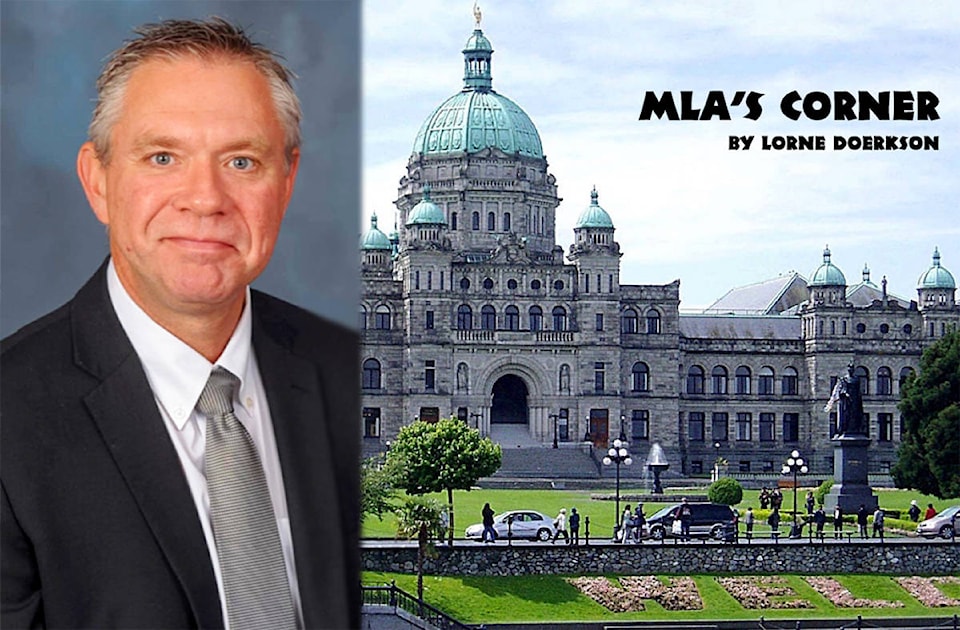This week one of our First Nations took a very brave step towards reconciliation with another dark chapter of Canada’s residential school system.
By confirming the remains of 215 children buried in an unmarked grave near the site of the former Kamloops Indian Residential School, Chief Rosanne Casimir and members of the Tk’emlups te Secwépemc First Nation have embarked on what will prove to be a very painful, but necessary, recognition of the suffering brought on by residential schools.
In doing so, Chief Casimir knows this will revive the agonizing legacy of residential schools in the hearts and minds of any survivor of Canada’s residential school system.
The chief and her members have, however, been preparing for this moment for a long time.
The recent use of ground-penetrating radar to verify the location of the missing children’s remains only confirmed what Chief Casimir and the Tk’emlups te Secwépemc have suspected for years.
In a recent interview, Chief Casmir said: “We had a knowing in our community that we were able to verify. To our knowledge, these missing children are undocumented deaths. Some were as young as three years old. We sought out a way to confirm that knowing out of deepest respect and love for those lost children and their families, understanding that Tk’emlúps te Secwépemc is the final resting place of these children.”
As devastating as this is to the Tk’emlups te Secwépemc, the chief also knows many children were removed from their homes in different parts of the province and ended up at the Kamloops Indian Residential School. Children also came from Lillooet, Penticton, Mount Currie, Hope and even from outside of B.C. Enrolment peaked in the early 1950s at 500 children.
In other words, the damage is not just confined to just one community but invokes a devastating part of our national history that still needs to be thoroughly acknowledged by all levels of government.
The Kamloops Indian Residential School is but one of 130 that operated across Canada starting in 1874. It was somewhat shocking to discover that the last one only closed in 1996.
In order to move forward, we have to take collective responsibility for our past if we are to give any hope of reconciliation with living survivors.
Chief Casimir believes there are likely more than the 215 discovered so far. The investigation of this is far from over. The Tk’emlups is now working with the B.C. Coroners Service, and conducting an outreach program for children who attended the school. Measures are also being taken to ensure the locations of the remains are protected.
The number for the National Indian Residential School Crisis Line is 1-866-925-4419. British Columbia has a First Nations and Indigenous Crisis Line offered through the KUU-US Crisis Line Society toll-free at 1-800-588-8717.
